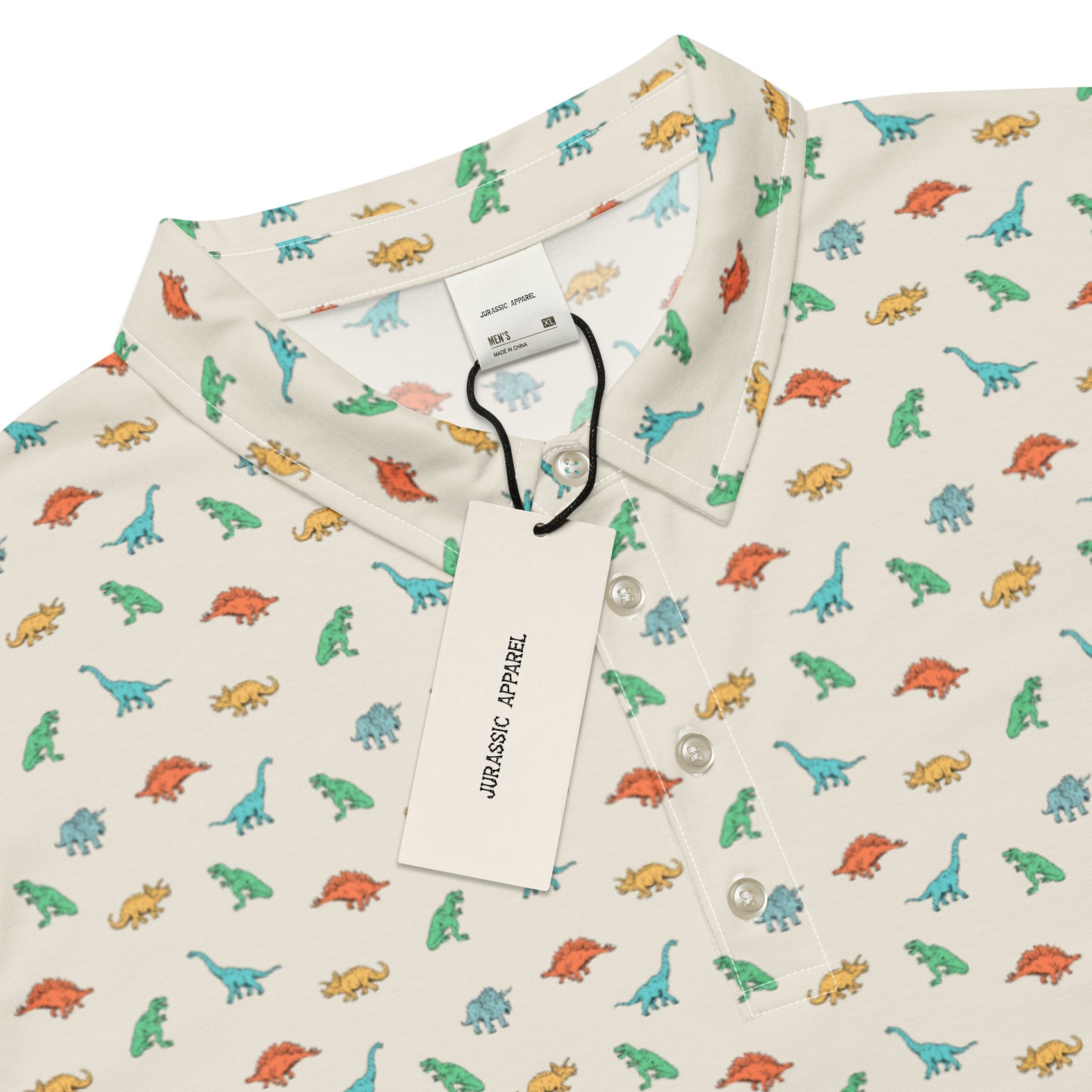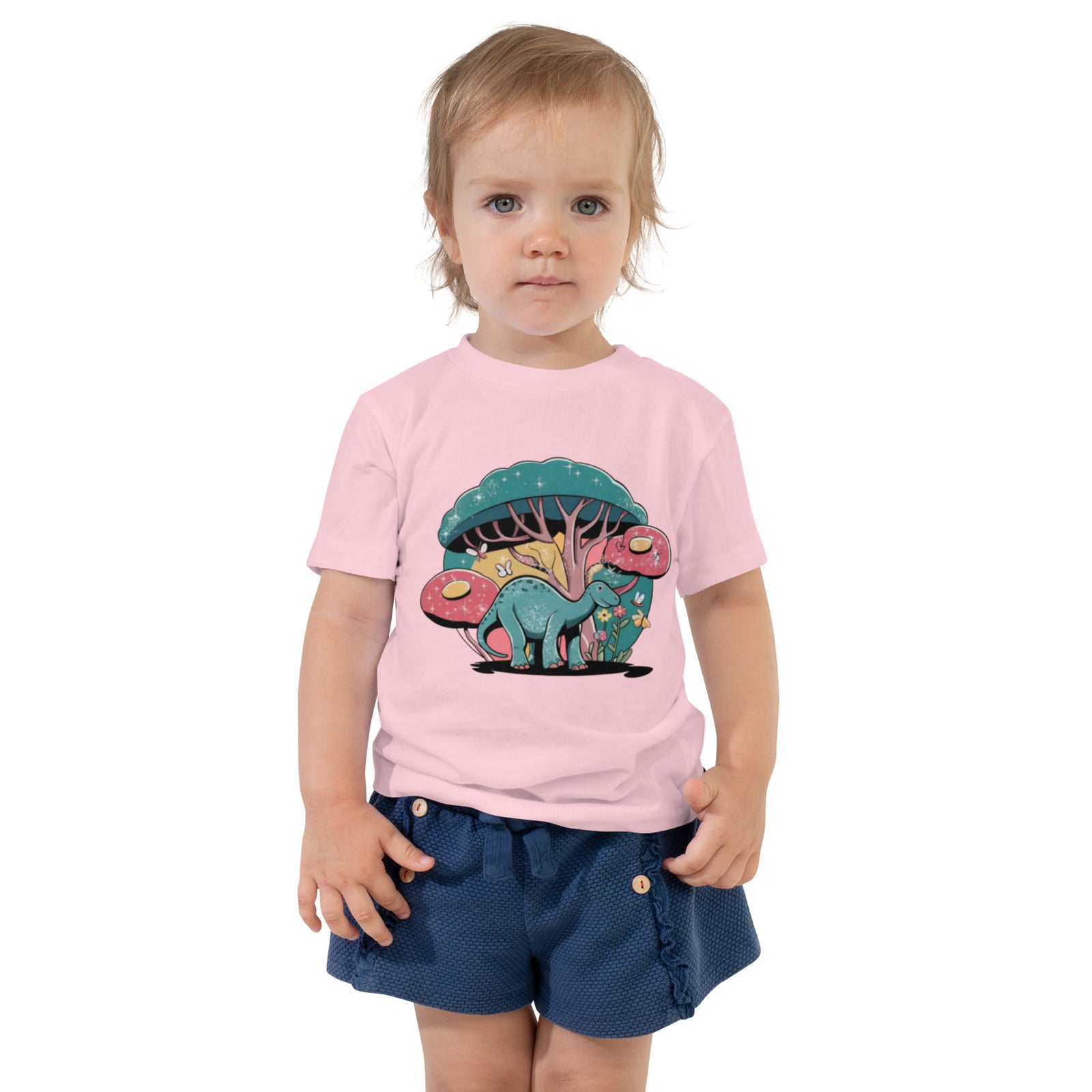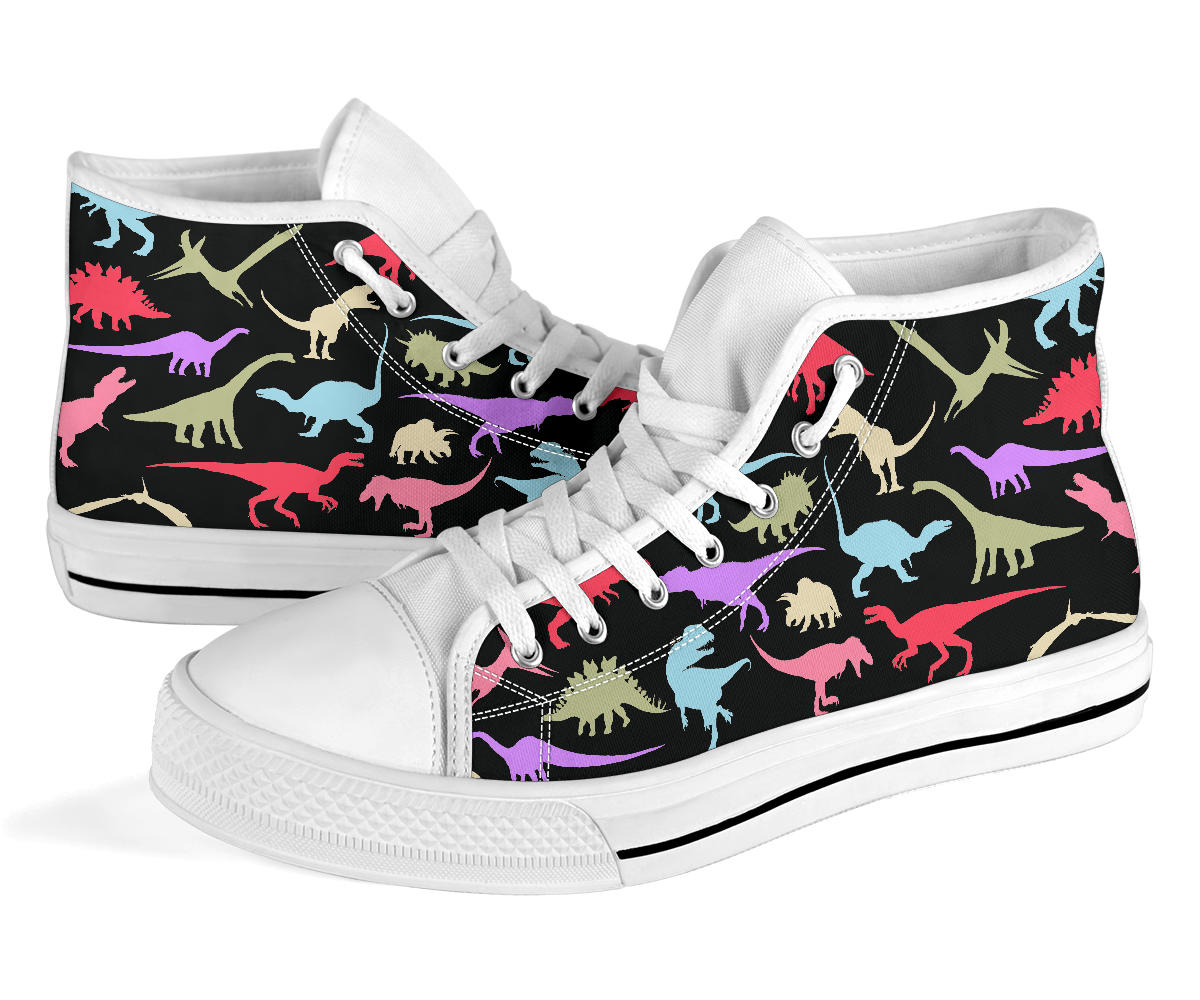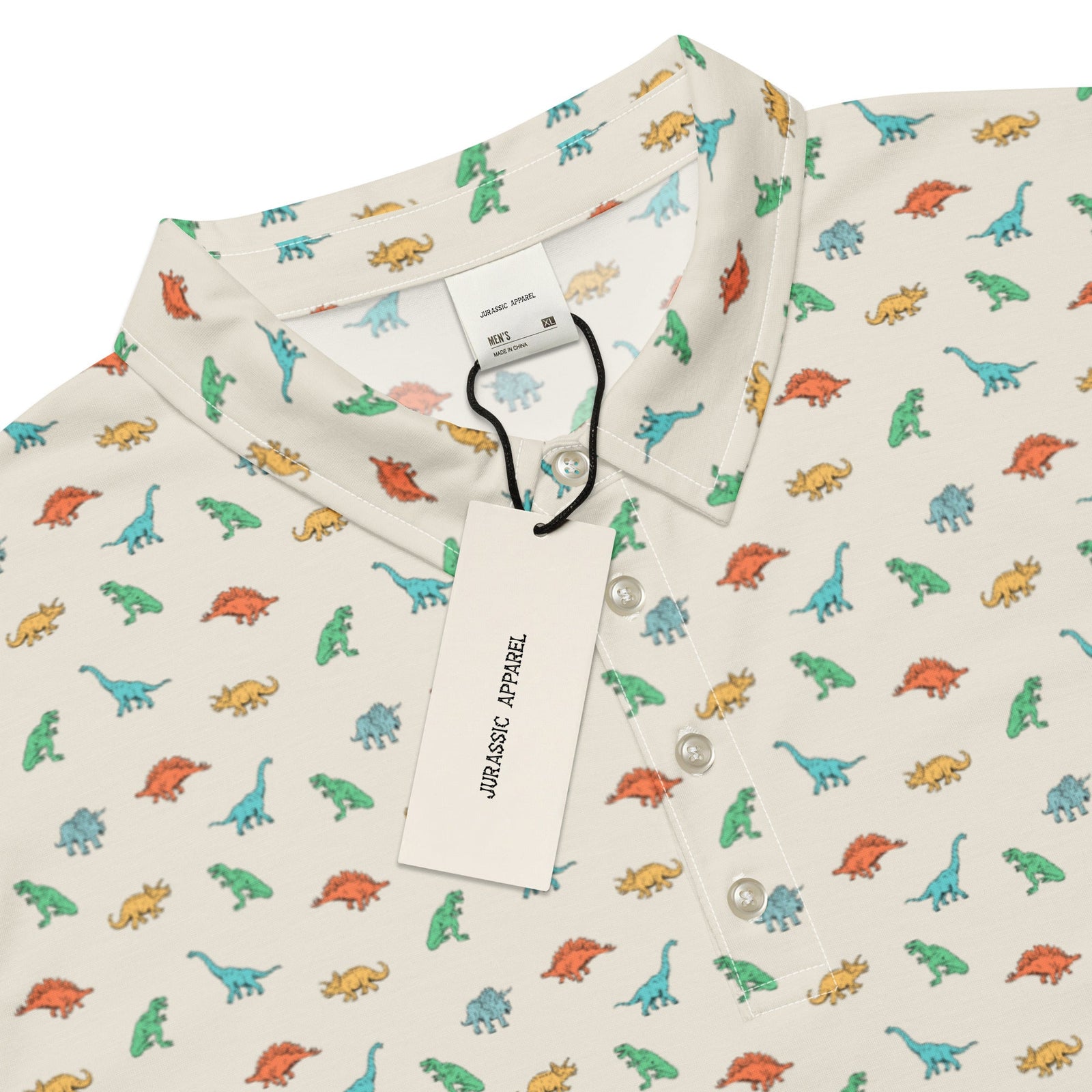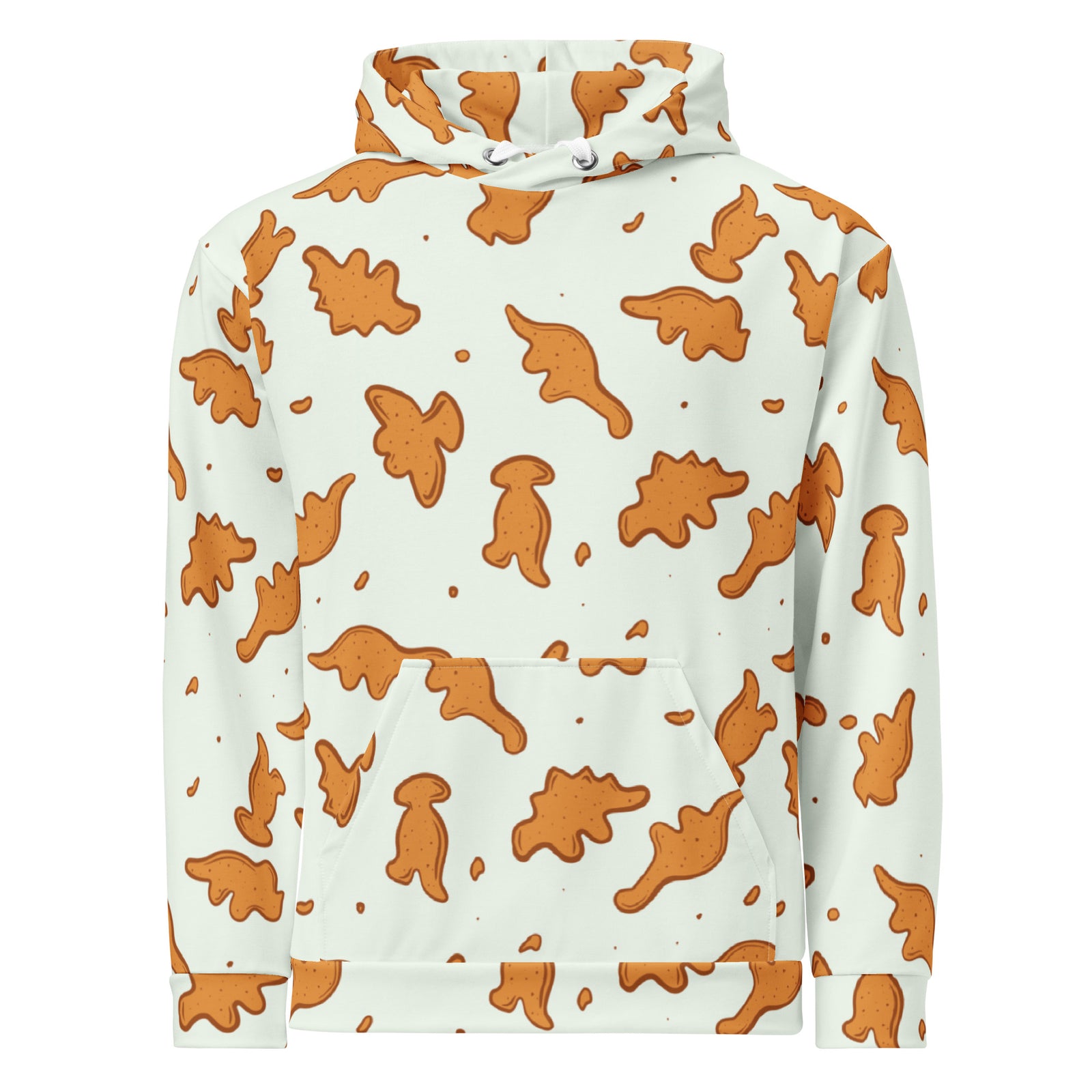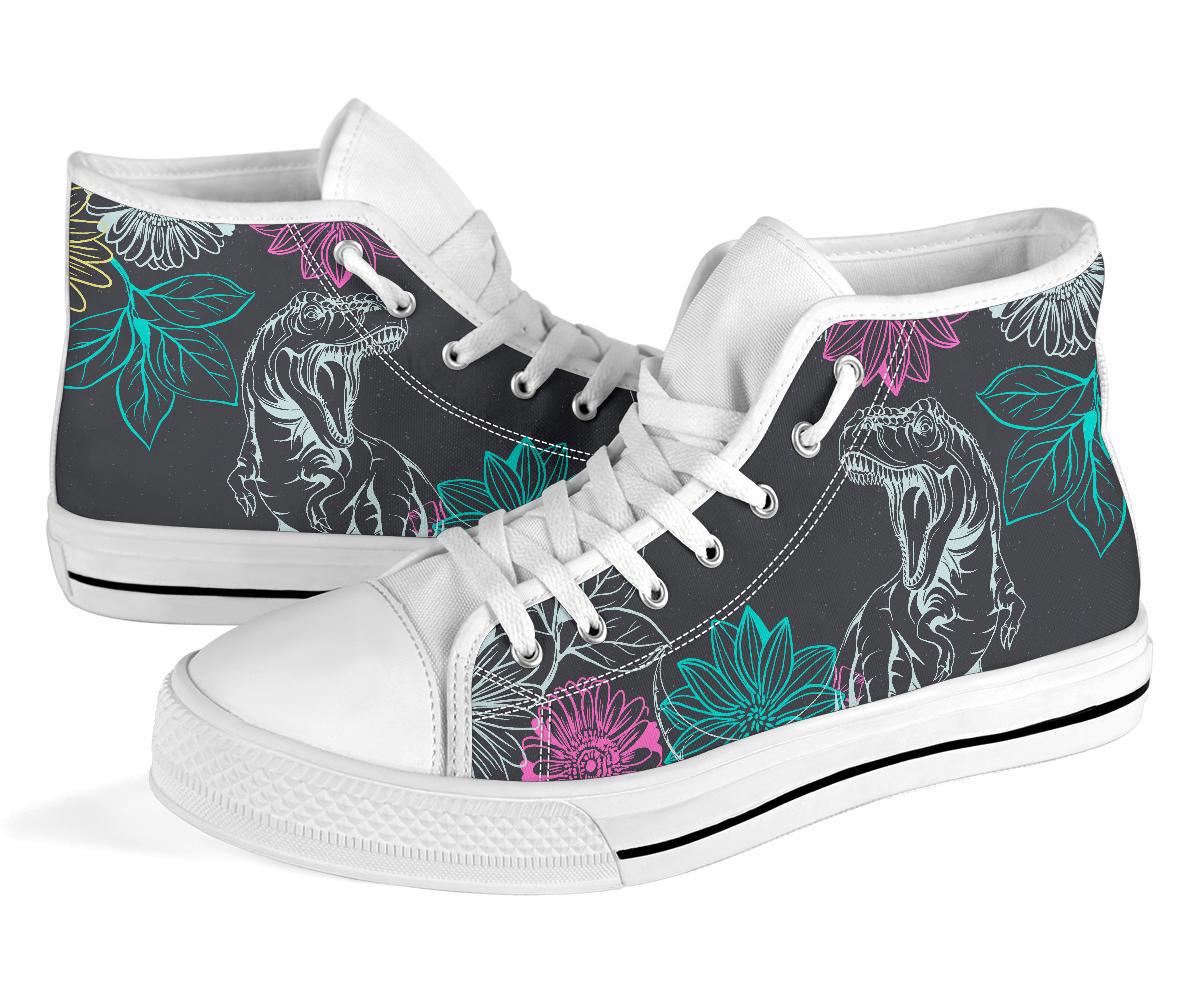Free Shipping On Orders over $75
Free Shipping On Orders over $75
Women's
Men's
Kids
Baby/Toddler
Accessories
The Triceratops's Dinner Plate: Unraveling the Diet of the Three-Horned Giant
June 10, 2025 4 min read
Standing as one of the most recognizable dinosaurs, the magnificent Triceratops roamed the floodplains and forests of western North America during the Late Cretaceous period, between 68 and 66 million years ago. With its formidable three horns and a solid bony frill, it's often depicted in epic showdowns with the fearsome Tyrannosaurus rex. But beyond its iconic appearance, a fundamental question intrigues paleontologists and dinosaur enthusiasts alike: what did Triceratops eat?
The short answer is that Triceratops was a herbivore, a plant-eater through and through. However, the story of its diet is far more complex and fascinating than a simple preference for greens. It involves a specialized set of feeding tools, a changing prehistoric landscape, and a debate about just how picky this prehistoric giant was.
Built for Browse: A Look at the Triceratops's Feeding Anatomy
The key to understanding what Triceratops ate lies in its unique skull. It was equipped with a formidable bony beak at the front of its mouth, which was not designed for delicate nibbling. Instead, this powerful beak would have been perfect for snapping off tough stems, branches, and even small trees.
Behind this beak lay a dental powerhouse. Triceratops possessed dental batteries, which were complex stacks of 36 to 40 columns of teeth on each side of its jaw. Each column contained three to five teeth, meaning a single Triceratops could have had up to 800 teeth at any given time. As the top teeth wore down, new ones from the column below would erupt to replace them, ensuring a continuously sharp chewing surface. These teeth weren't for grinding like a cow's; they were for shearing and slicing tough plant material into more manageable chunks.
The powerful jaw muscles of the Triceratops would have provided the force needed to operate this impressive dental machinery, allowing it to process a large volume of fibrous vegetation daily to fuel its massive, multi-ton body.
A Prehistoric Salad Bar: The Plants on the Triceratops's Menu
During the Late Cretaceous, the plant life was vastly different from what we see today. There were no grasses to graze on. Instead, the landscape was dominated by a mix of ancient plant groups. Based on fossilized plant evidence from the same time and places where Triceratops fossils are found, scientists believe their diet likely consisted of:
- Cycads: These are seed plants with a stout, woody trunk and a crown of large, hard, and stiff evergreen leaves. They were abundant during the time of the Triceratops and would have provided a tough, fibrous meal.
- Palms: Early forms of palm trees were also part of the Cretaceous flora. Their woody trunks and fronds would have been accessible to the Triceratops.
- Ferns: Vast fern prairies likely covered a significant portion of the landscape, offering a readily available, softer food source.
- Flowering Plants (Angiosperms): While not as dominant as they are today, flowering plants were becoming more common. Triceratops may have consumed early relatives of plants like magnolias, sycamores, and poplars.
Given its relatively low-slung head, it's believed that Triceratops was primarily a low-level browser, feeding on vegetation within a few meters of the ground. However, its immense strength and bulk may have allowed it to push over taller plants and trees to access the foliage at the top.
Generalist or Picky Eater? The Ongoing Debate
While we have a good idea of the types of plants Triceratops ate, there is still some debate among paleontologists about how specialized its diet was.
Some evidence suggests that Triceratops was a generalist, consuming a wide variety of plants to meet its nutritional needs. Its robust beak and powerful shearing teeth would have been well-suited for tackling a diverse array of vegetation, from soft ferns to tough cycads.
However, other researchers propose a more specialized feeding strategy. One intriguing theory suggests that Triceratops may have used its powerful beak to break through the tough outer layers of certain plants to get to the more nutritious and softer tissues inside, much like modern parrots use their beaks to crack open hard nuts and seeds. This could explain the immense power of its beak and jaws.
Did Triceratops Ever Eat Meat?
The overwhelming evidence points to Triceratops being a strict herbivore. Its entire feeding apparatus was designed for processing plants. However, in the vast and opportunistic world of nature, it's not entirely out of the question that a Triceratops might have occasionally ingested a small animal or scavenged from a carcass to supplement its diet with extra protein and minerals, similar to how some modern herbivores are occasionally observed doing. But this would have been a rare exception, not the rule.
How Much Did a Triceratops Eat?
While we can't know the exact amount, based on the size of Triceratops and the metabolic rates of modern large herbivores, it's safe to say it would have needed to consume a vast quantity of plant matter each day. Estimates suggest that a full-grown Triceratops, weighing anywhere from 6 to 12 tons, would have likely needed to eat several hundred pounds of vegetation daily to sustain itself.
In conclusion, the diet of the Triceratops was a reflection of its environment and its remarkable adaptations. A powerful beak, ever-replacing teeth, and strong jaw muscles allowed this iconic dinosaur to thrive on a menu of tough, fibrous plants that dominated the Late Cretaceous landscape. While debates about the specifics of its feeding habits continue, one thing is certain: the three-horned face was a highly successful and formidable herbivore, perfectly in tune with its prehistoric world.


